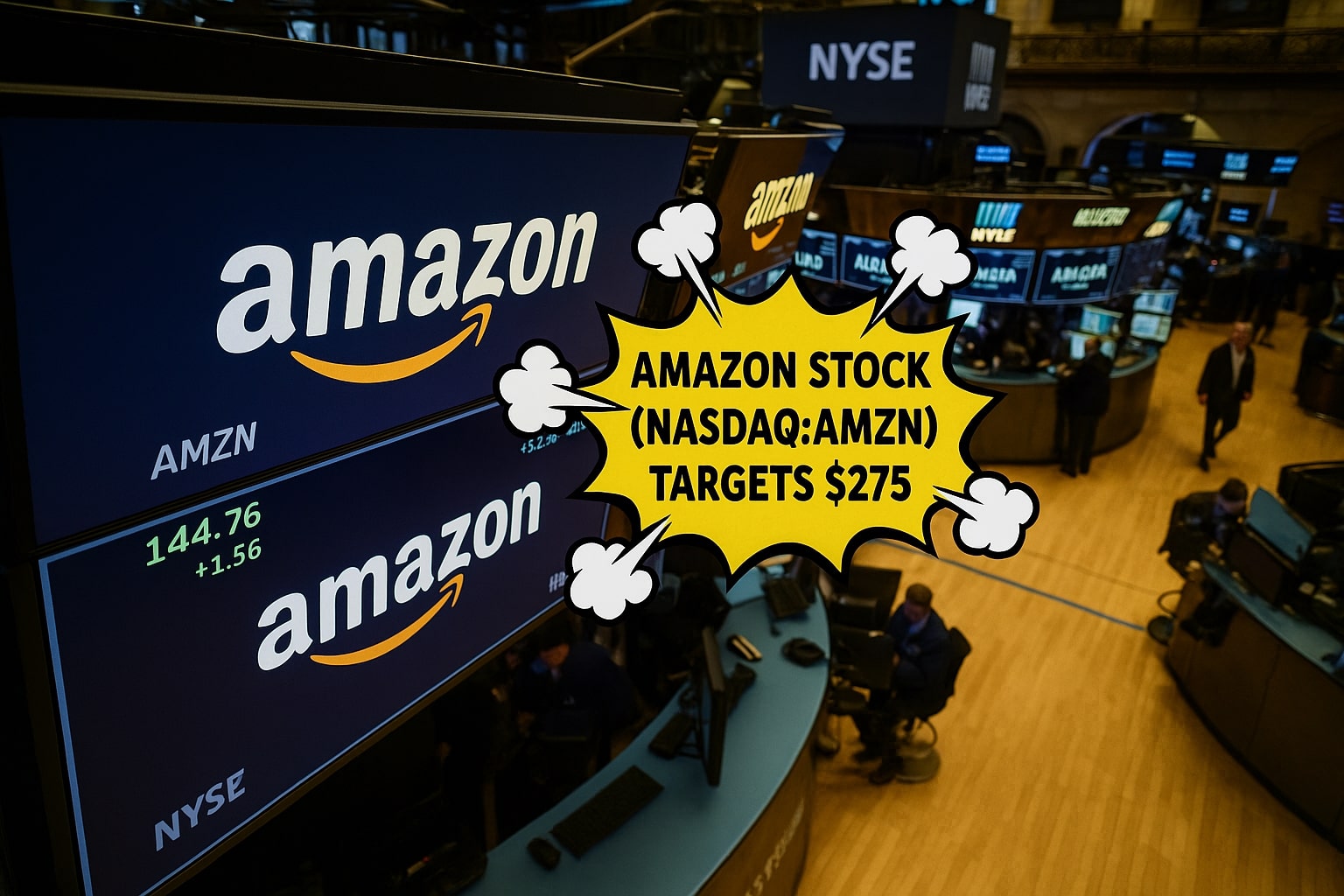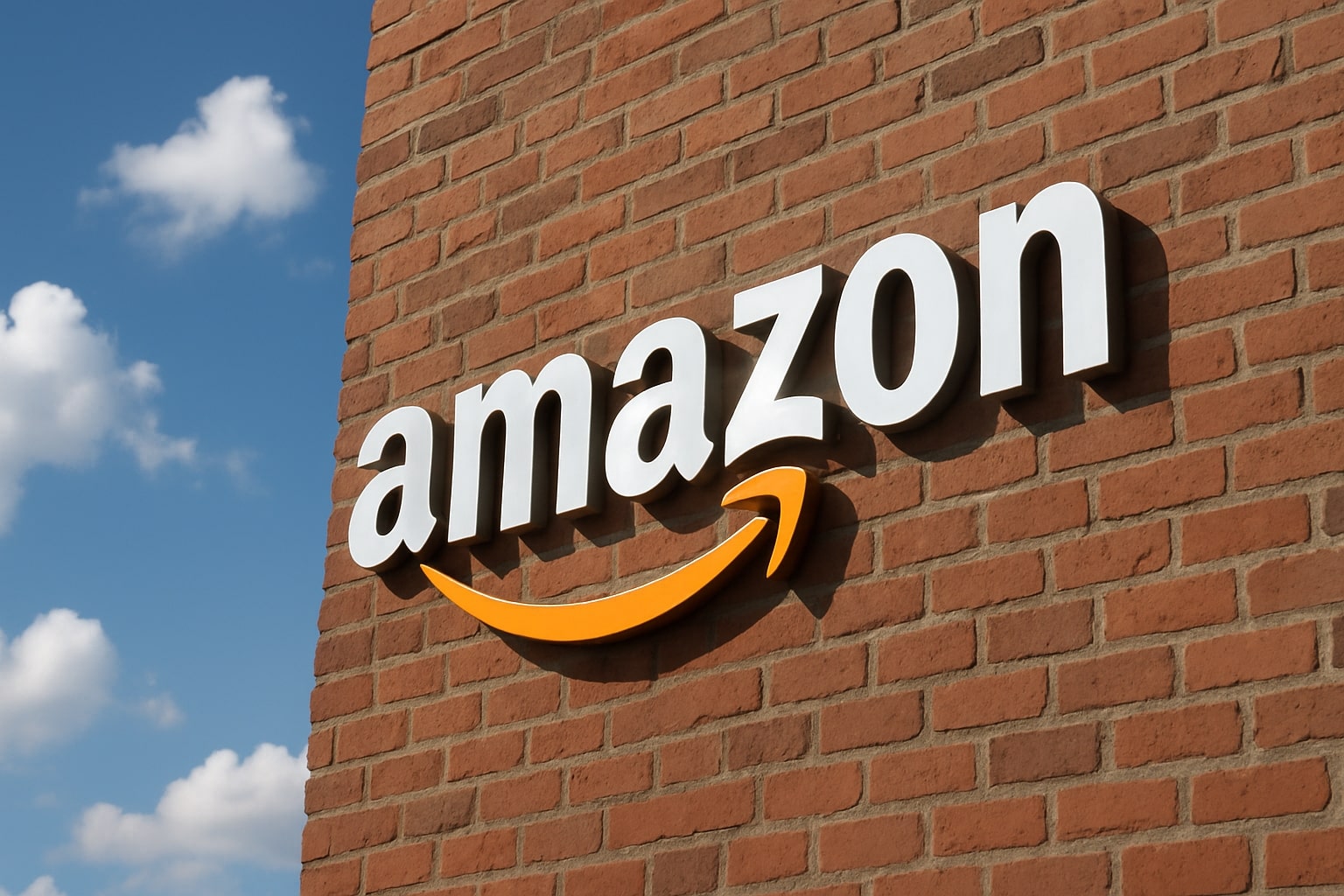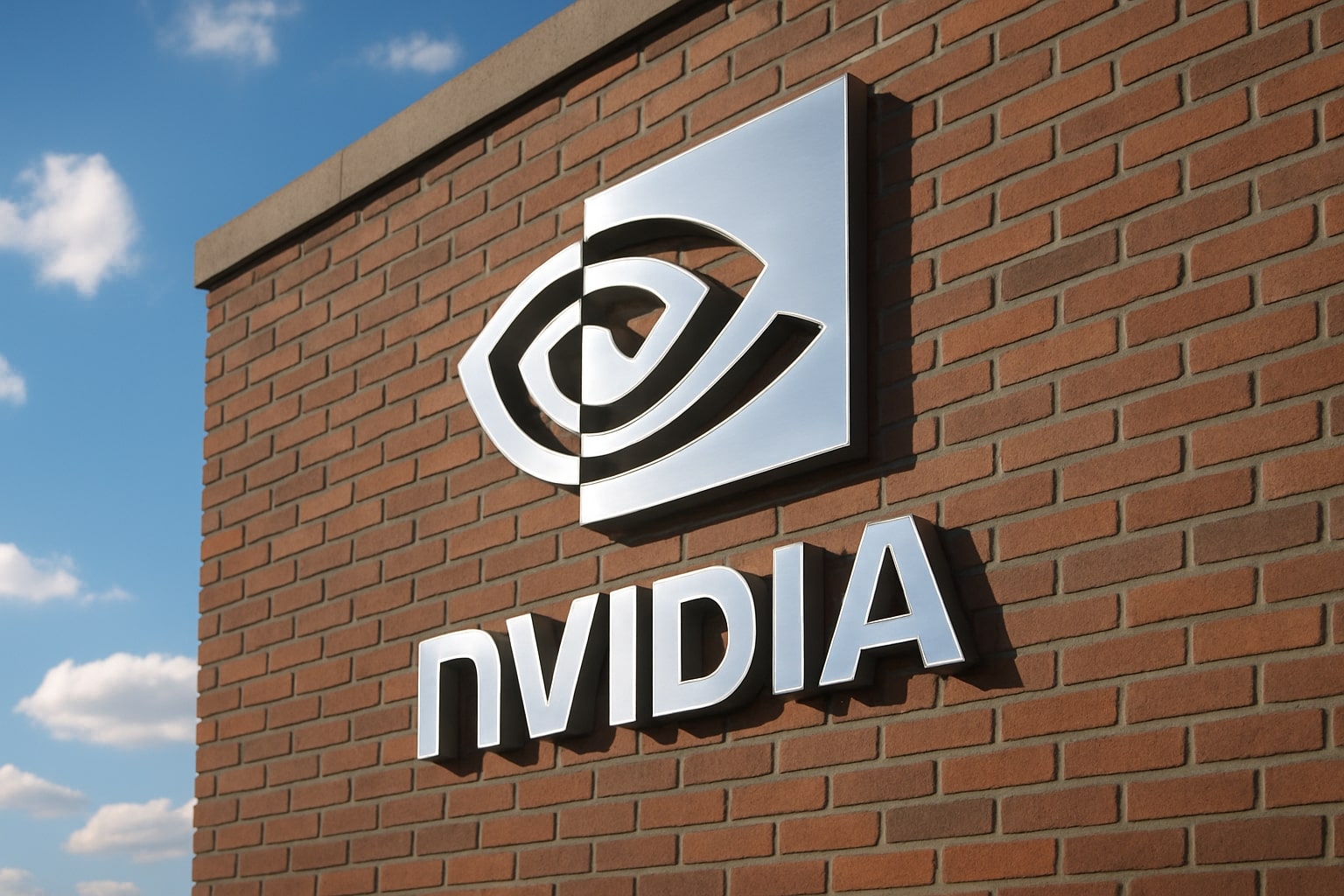
Amazon Stock (NASDAQ:AMZN) Targets $275 as AWS Growth, AI Automation Fuel Margin Expansion
AI-backed robotics, Q2 earnings, and resilient cloud performance drive bullish long-term outlook despite tariff and retail headwinds | That's TradingNEWS
Amazon (NASDAQ:AMZN) Advances Toward AI Efficiency as Margin Pressures Mount
R&D Spending and Robot Deployment Signal Long-Term Cost Efficiency
Amazon's (NASDAQ:AMZN) operating strategy in 2025 continues to reflect its aggressive commitment to long-term automation, with over 1 million robots already deployed and more integration of GenAI into fulfillment and logistics. Backed by over $90 billion in trailing twelve-month R&D expenditures, up more than 100% from FY2020 levels, the company is pushing hard into AI-backed operational infrastructure. This automation is not an abstract vision—it’s materializing as a replacement for a portion of Amazon’s 1.6 million-person global workforce. Even assuming a modest 10% labor reduction at an average $100,000 fully loaded cost per employee, Amazon could potentially unlock $16 billion in annual savings, enhancing future operating leverage.
EPS Forecasts Diverge From Revenue Growth as Investment Peaks
Amazon's Q2 2025 earnings release scheduled for July 31 is projected to show revenue climbing to $162 billion, up 9.4% YoY, while EPS growth is forecast to slow to just 3.6%. The divergence has spooked short-term sentiment, contributing to AMZN underperforming the broader S&P 500 YTD despite delivering a 21% total return since late 2024. Yet, this margin compression isn't from operational weakness. It’s the result of front-loaded investment into robotics, AWS infrastructure, and fulfillment expansion—all forward-looking in nature.
What Wall Street may be underpricing is the shift in Amazon’s long-term operating margin trajectory. Consensus has already adjusted, lifting FY2031–2033 EPS estimates by over 20% in just the past month. Amazon's last eight quarterly reports have shown no EPS misses, and only a 0.52% revenue miss—its earnings reliability strengthens confidence heading into Q2.
AWS Cloud Momentum May Accelerate in H2 as AI Capacity Expands
Amazon Web Services (AWS), which contributed 17% YoY growth in Q1, faces temporary constraints due to hardware bottlenecks. CEO Andy Jassy has stated that demand outpaces capacity, particularly for AI workloads using Trainium 2 and NVIDIA accelerators. As supply catches up in Q3 and Q4, AWS is positioned for reacceleration—potentially retaking its 19% growth pace seen in Q4 2024. Notably, AWS holds a stable 30% global market share despite aggressive expansion by competitors like Microsoft and Oracle, whose $30 billion OpenAI contract may shift future share dynamics. Yet AWS' profitability far exceeds Amazon's retail segment, making its growth outlook central to AMZN's valuation case.
Tariffs, Inflation, and Inventory Strategy Reshape Retail Margins
Tariff exposure remains AMZN’s most material near-term margin risk. Approximately 71% of Amazon’s products originate from China, and the 30% U.S. import duty instituted mid-2025 introduces a direct cost pressure. However, the company’s strategic Q1 inventory pull-forward has likely deferred the impact to late Q3. Management has also leaned on its Everyday Essentials private label, priced 40% below branded goods, to protect volumes amid cost increases. Strong Prime Day sales in July—up 30.3% YoY to $24.1 billion—reflect resilience in demand.
Still, macro indicators point to emerging headwinds. Inflation rose to 2.7% in June, driven by energy and transportation, and disposable personal income fell -0.6% in May, with savings rates dipping to 4.5%. These factors may reduce discretionary retail spend and compress Amazon’s margins further if pricing is held steady. The company must decide whether to absorb costs or raise prices—either route brings trade-offs.
Valuation Remains Below Historical Norms Despite Strong Performance
Shares of NASDAQ:AMZN currently trade at 36x FY2025 consensus EPS of $6.22, up from prior estimates of $5.80. Despite this increase, the valuation remains modest compared to historical norms and to peers. Walmart (WMT), for example, trades at the same P/E while expected to grow EPS in the low double digits, far below Amazon's projected high-teens rate.
On a cash flow basis, AMZN trades at 21x operating cash flow, up from 18.6x in late 2024 but still materially below its 10-year average. Analysts' average price target of $247 implies under 8% upside, yet some independent models, adjusting for AWS rebound and AI-linked margin expansion, support valuations closer to $260–$275.
Automation and AI Provide Margin Protection Over Time
The company’s doubling down on GenAI deployment in warehousing, logistics, and even code review across AWS internal tooling underscores Amazon’s future-proofing. The near-equal robot-to-human headcount in fulfillment centers is a signal that AMZN’s AI adoption isn’t just theoretical—it’s actively transforming its cost structure. CEO Andy Jassy has publicly stated that Amazon’s corporate workforce will shrink as AI agents handle more internal operations, improving productivity while buffering tariff-induced cost pressures.
Q3 Outlook Hinges on AWS, Pricing Decisions, and Consumer Sentiment
With Prime Day sales already in the rearview, the Q3 outlook will hinge heavily on AWS capacity easing and whether Amazon opts to pass on tariff-related costs. Management's comments on the Q2 call may move consensus targets depending on guidance clarity. The U.S. consumer appears durable for now, but signs of slowdown are visible in DPI and inflation data.
Final Take: Buy Rating Affirmed With Upside Risk From AWS and AI Efficiency
Despite tariff headwinds and short-term EPS deceleration, Amazon (NASDAQ:AMZN) remains a Buy. Its multi-year investment in AI and robotics is beginning to show structural margin benefits, while AWS retains its global cloud leadership with a path to higher growth in H2. The current P/E multiple remains low relative to both historical trends and forward earnings potential, suggesting valuation upside. Investors who can look beyond Q2 volatility and focus on long-term operating leverage will likely be rewarded.
That's TradingNEWS
Read More
-
QDVO ETF Trades at $29.30 With 9.82% Yield and Nasdaq Surge Positioning Target Toward $35
08.12.2025 · TradingNEWS ArchiveStocks
-
XRP ETF Rally: XRPI $12.13, XRPR $17.06 Signal +40% Upside to $3.00 XRP-USD
08.12.2025 · TradingNEWS ArchiveCrypto
-
Natural Gas (NG=F) Price at $5.03, Coldest Winter Ignite Rally Toward $7
08.12.2025 · TradingNEWS ArchiveCommodities
-
USD/JPY Price Forecast: Dollar Climbs to ¥155.80 as Japan’s Wage Boom and 90% BoJ Hike Odds
08.12.2025 · TradingNEWS ArchiveForex


















